Rishabh Garg
CFL: Causally Fair Language Models Through Token-level Attribute Controlled Generation
Jun 01, 2023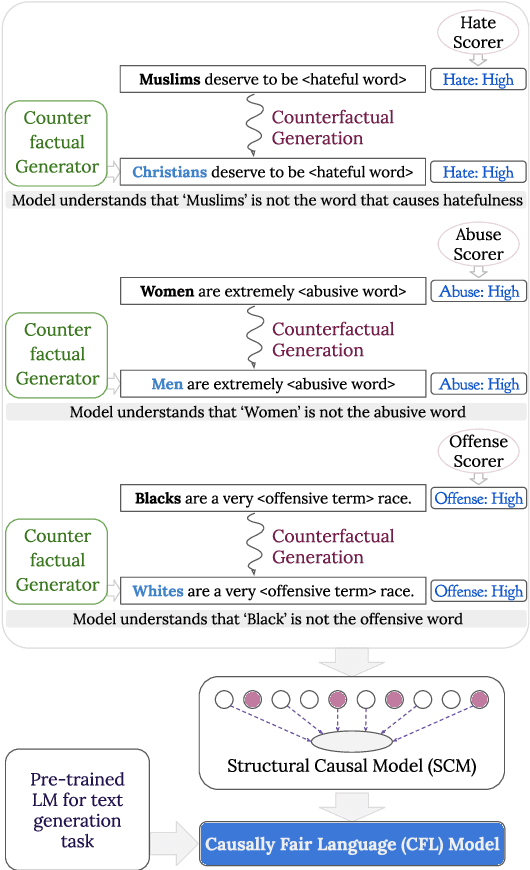
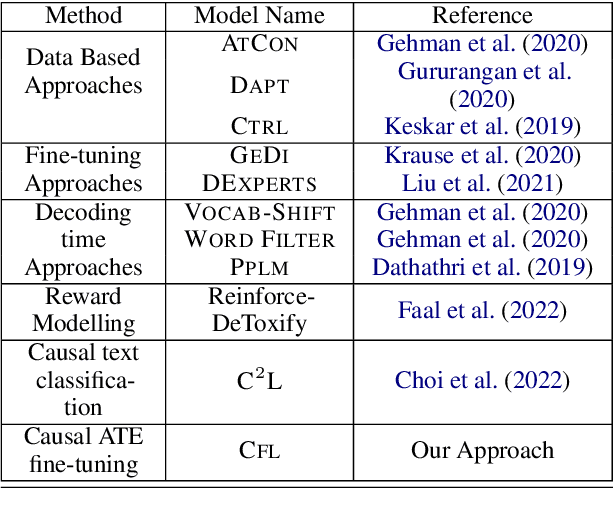
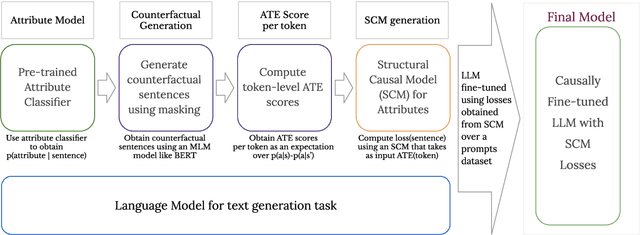
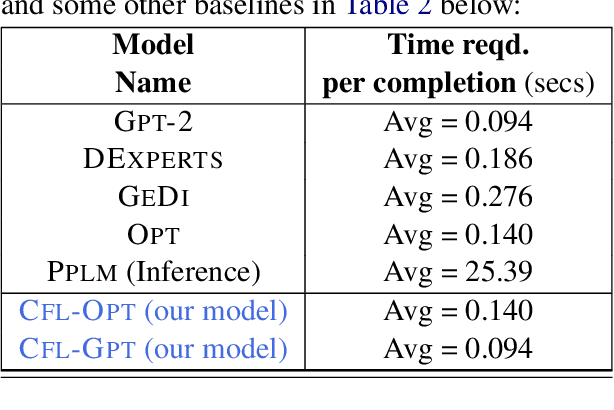
Abstract:We propose a method to control the attributes of Language Models (LMs) for the text generation task using Causal Average Treatment Effect (ATE) scores and counterfactual augmentation. We explore this method, in the context of LM detoxification, and propose the Causally Fair Language (CFL) architecture for detoxifying pre-trained LMs in a plug-and-play manner. Our architecture is based on a Structural Causal Model (SCM) that is mathematically transparent and computationally efficient as compared with many existing detoxification techniques. We also propose several new metrics that aim to better understand the behaviour of LMs in the context of toxic text generation. Further, we achieve state of the art performance for toxic degeneration, which are computed using \RTP (RTP) benchmark. Our experiments show that CFL achieves such a detoxification without much impact on the model perplexity. We also show that CFL mitigates the unintended bias problem through experiments on the BOLD dataset.
Geometry-Aware Multi-Task Learning for Binaural Audio Generation from Video
Nov 21, 2021



Abstract:Binaural audio provides human listeners with an immersive spatial sound experience, but most existing videos lack binaural audio recordings. We propose an audio spatialization method that draws on visual information in videos to convert their monaural (single-channel) audio to binaural audio. Whereas existing approaches leverage visual features extracted directly from video frames, our approach explicitly disentangles the geometric cues present in the visual stream to guide the learning process. In particular, we develop a multi-task framework that learns geometry-aware features for binaural audio generation by accounting for the underlying room impulse response, the visual stream's coherence with the sound source(s) positions, and the consistency in geometry of the sounding objects over time. Furthermore, we introduce a new large video dataset with realistic binaural audio simulated for real-world scanned environments. On two datasets, we demonstrate the efficacy of our method, which achieves state-of-the-art results.
Heterogeneity Aware Deep Embedding for Mobile Periocular Recognition
Nov 02, 2018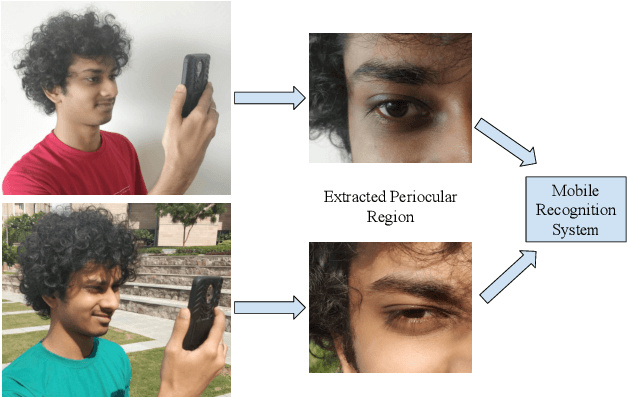
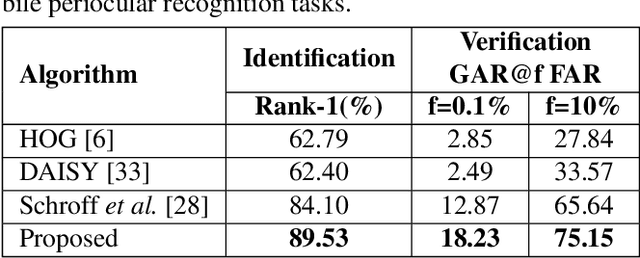
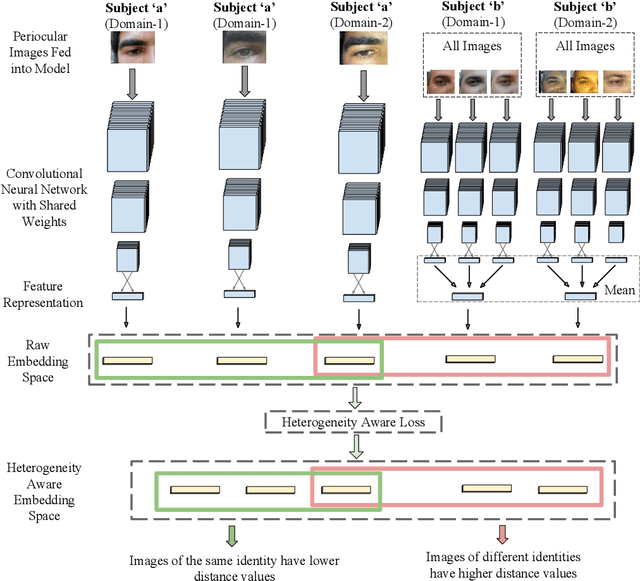
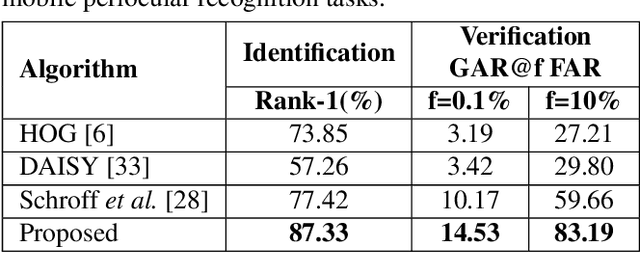
Abstract:Mobile biometric approaches provide the convenience of secure authentication with an omnipresent technology. However, this brings an additional challenge of recognizing biometric patterns in unconstrained environment including variations in mobile camera sensors, illumination conditions, and capture distance. To address the heterogeneous challenge, this research presents a novel heterogeneity aware loss function within a deep learning framework. The effectiveness of the proposed loss function is evaluated for periocular biometrics using the CSIP, IMP and VISOB mobile periocular databases. The results show that the proposed algorithm yields state-of-the-art results in a heterogeneous environment and improves generalizability for cross-database experiments.
 Add to Chrome
Add to Chrome Add to Firefox
Add to Firefox Add to Edge
Add to Edge